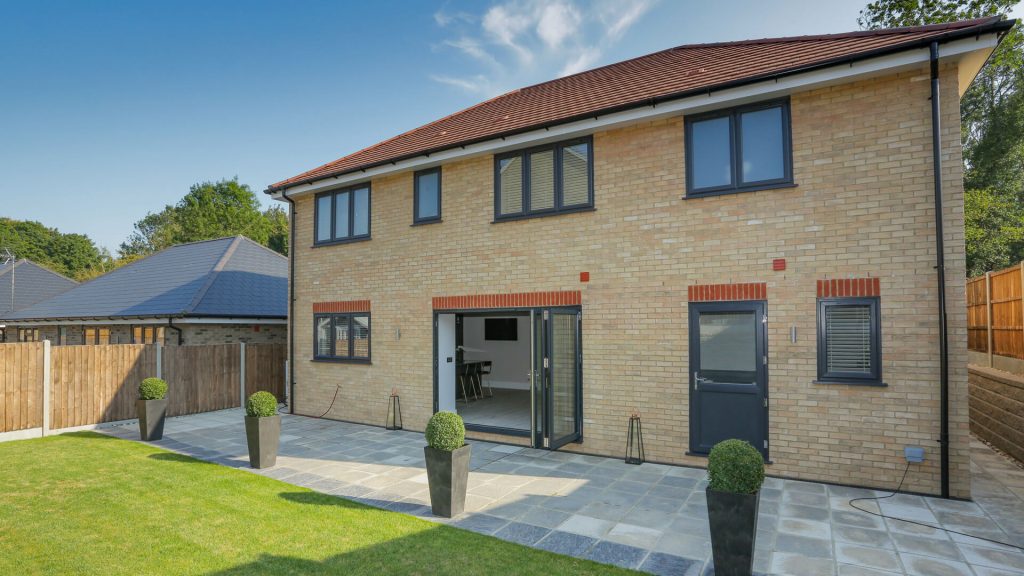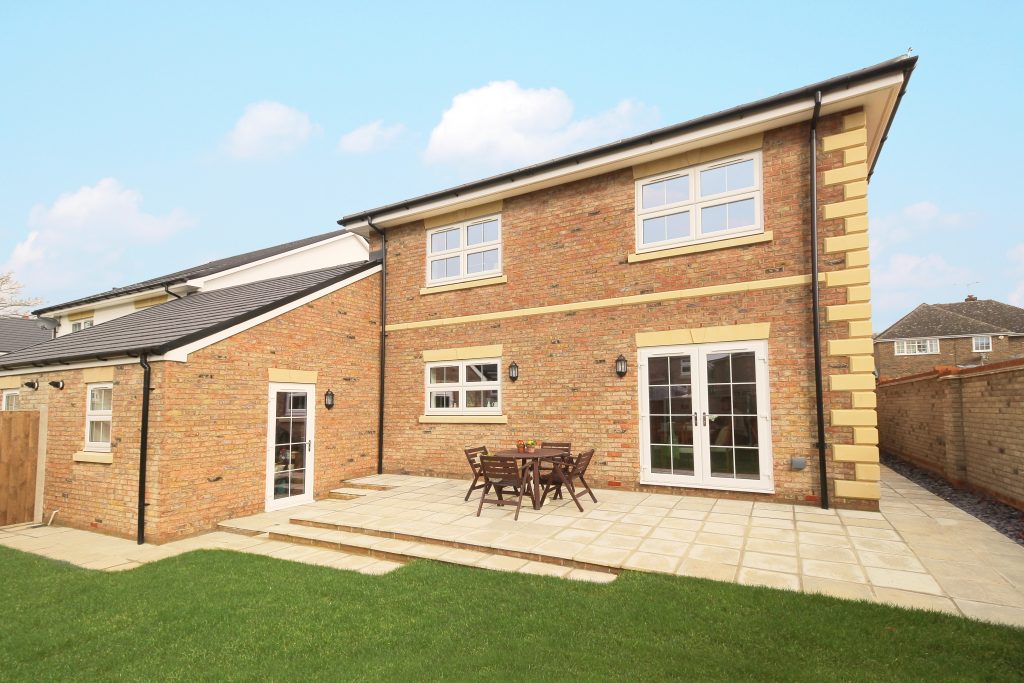8 New Build Garden Ideas
27-04-2021 Blog
Whether you’re an avid gardener or a complete beginner, this Clarendon insight will give you some ideas and inspiration of what you can do with your new build garden.

Take your time to plan
First and foremost, you need to take some time to plan what you are going to do. Rushing into things could prove costly if you get it wrong, so it is important to think carefully about the space available in your garden and your long-term vision. It is often helpful to gather inspiration from different sources, such as friends, family, magazines, and online articles like this one! This is not to say you can’t get creative and do something outside the box – if you want to be a garden innovator, go for it!
Once you have got your long-term plan sorted, you will need to assess what equipment you need, as well as if you will need any specialist help with implementing anything. This is where you evaluate your costs – both time and money. Of course, we would all love a £20,000 beautiful water fountain at the centre of our garden, but if you need that money to pay off your mortgage, it might be worth reconsidering. Although that is an extreme example, the moral of the story is to budget wisely!
Ask the builder
If you are about to buy a new build home and have any ideas already for your new garden, ask your builder if it is feasible for them to implement your ideas. If they have not yet finished construction, they might chuck in a bit of landscaping at a reduced cost or for free if you’re lucky! This would save time and money if you let the professionals do it from the get-go. At Clarendon Homes, we fully turf each garden as well as including landscaping and a patio area, to offer that little bit extra to our customers!
Moreover, feel free to ask your builder if they have any ideas for the garden of your new build home, even if they can’t implement it themselves. After all, with their vast experience in the field they might have learned a thing or two about what makes a new build garden stand out from the rest.

Create a path
A path is a great way of making a smaller garden feel bigger, as you can divide the garden into smaller areas. From there, you can choose what you want to dedicate those areas to. For example, you can choose to plant up an area, or have an area for seating and dining. Additionally, having a path means you can avoid unnecessarily trampling on any grass or soil you may be growing.
Sort out your soil
One of the most common problems people face with new-build gardens is the soil. The best place to start is to sort out your design and put in any paths, stepping-stones, and other hard landscaping first. As previously mentioned, having a plan to start with is an important step to achieving your long-term vision. It is also much easier to get it done before you’ve added plants as you won’t be having to avoid damaging new additions.
Start by digging over soil that is going to be used for plants or lawns. Digging is important as it will help break up compaction and allow plants to put down decent roots. Add soil conditioner (such as farmyard manure) and fork it into the soil to improve drainage and fertility and help your plants get established. You should use at least a bucketful per square metre, but this may vary.
If there are areas you’re not going to get round to planting immediately, mulch them to cover and enrich the soil surface. This will also help prevent weeds from growing. Shredded bark is ideal because as it breaks down it will gradually improve soil structure.
Once you have sorted your soil, remember to look after it with careful maintenance. This is especially important after heavy rain, as this can compact the soil surface, creating a ‘pan’. Break up the soil surface with a fork to prevent a pan forming. Try not to walk on the soil immediately after heavy rain either – this will compact it further. A way around this is standing on an elevated surface (e.g., a path or plank) when digging or planting.

Grow some plants
Nothing quite beats having fresh plants in your garden. The beauty about growing plants is that there is such a variety to choose from, and picking plants which complement each other is also part of the fun. Do you value plants which give off a nice smell, such as lavender or Choisya? Or would you rather have flowers which are bright and catch the eye, such as roses or tulips? Perhaps you are new to growing plants and would prefer a beginner-friendly flower, such as the sunflower. Whichever plants you opt for, you must remember to provide them with the appropriate amount of water and sunlight (consider garden positioning) to enable them to flourish.
As well as beautiful flowers, you might also want to consider growing your own vegetables. There are several easy vegetables which you can grow yourself, for example beans, potatoes (yes, they count!), and lettuce. Eating your own vegetables has several benefits; they are more nutritious, they are fresher and with practice you will find they simply taste better. It takes time to master growing vegetables and is not necessarily cheaper than popping to the shop and buying them, but if you are patient then it could be a worthwhile new hobby.

Encourage Wildlife
If you want to encourage some feathered friends to visit your garden, why not get a bird feeder? Bird feeders are relatively inexpensive and have a lot of benefits which you may not have considered before. Having birds around can help with insect and weed control for your garden, you can take pictures of your ‘outdoor pets’ to share with your family and friends, and most importantly you are helping birds survive by giving them a helping hand when it comes to finding food for them and their nestlings.
To make the most of your bird feeder, we recommend topping it up with nutritious bird food and giving it a clean occasionally to keep it hygienic for the birds. If you have space or are particularly intrigued by birds or other wildlife, a bird bath would complement a feeder very well, and accommodates for other animals (e.g., squirrels) too.

Outdoor furniture
Depending on the size of your new build garden, you might want to add some furniture into the mix for summer. A couple of options to consider include a seated area to accommodate for friends/family coming round in the summer, a hammock for relaxation, or even some sunlounges if you have faith in English weather!
If you have children you might want to consider some recreational pieces to keep them entertained, such as a football goal or a playhouse. Just be careful not to hit any footballs over the garden!

Got any questions or feedback on the blog? Or maybe a topic you would like to be covered in a future blog? Email cameron.hagan@clarendonhomes.co.uk today, I would love to hear from you!


